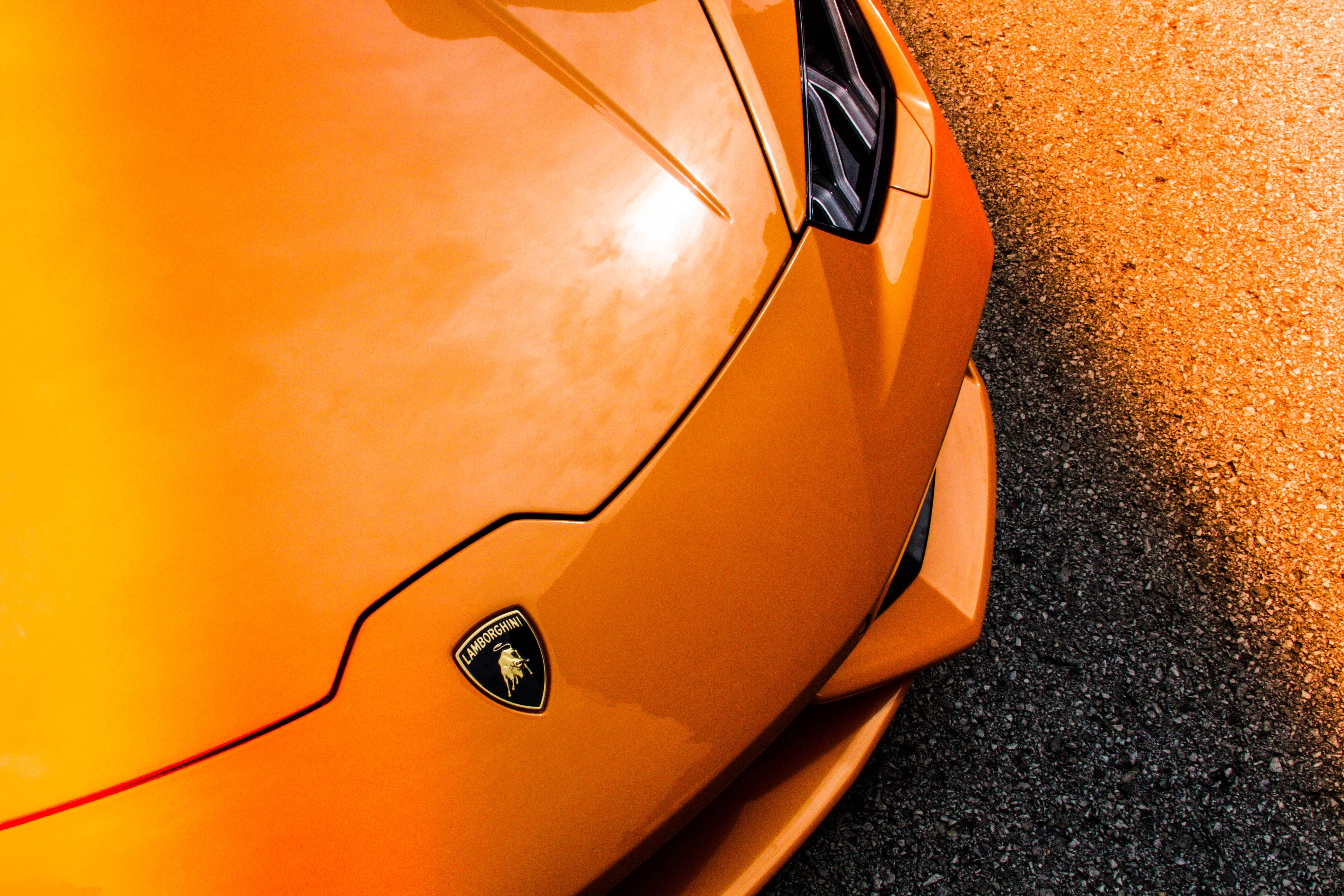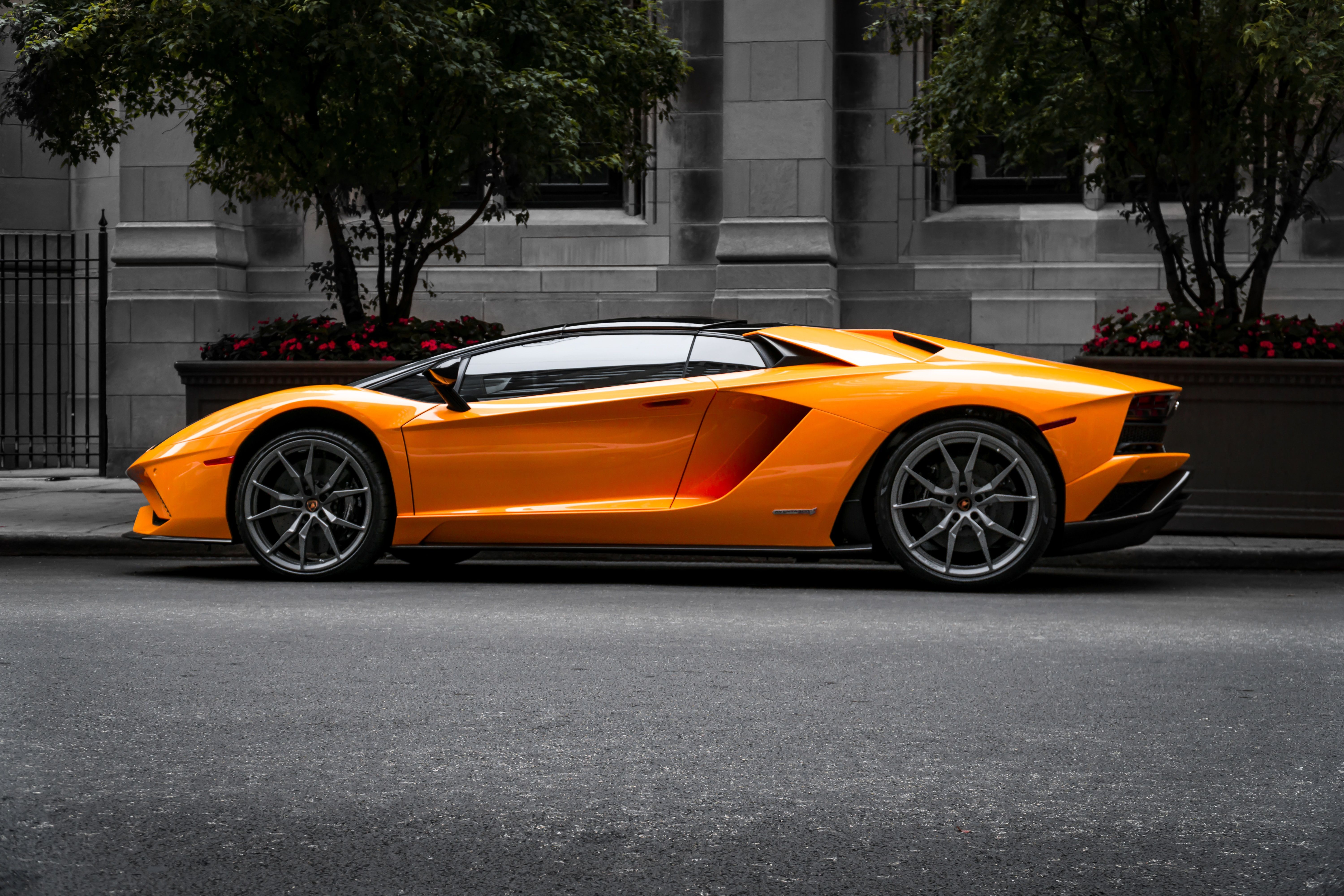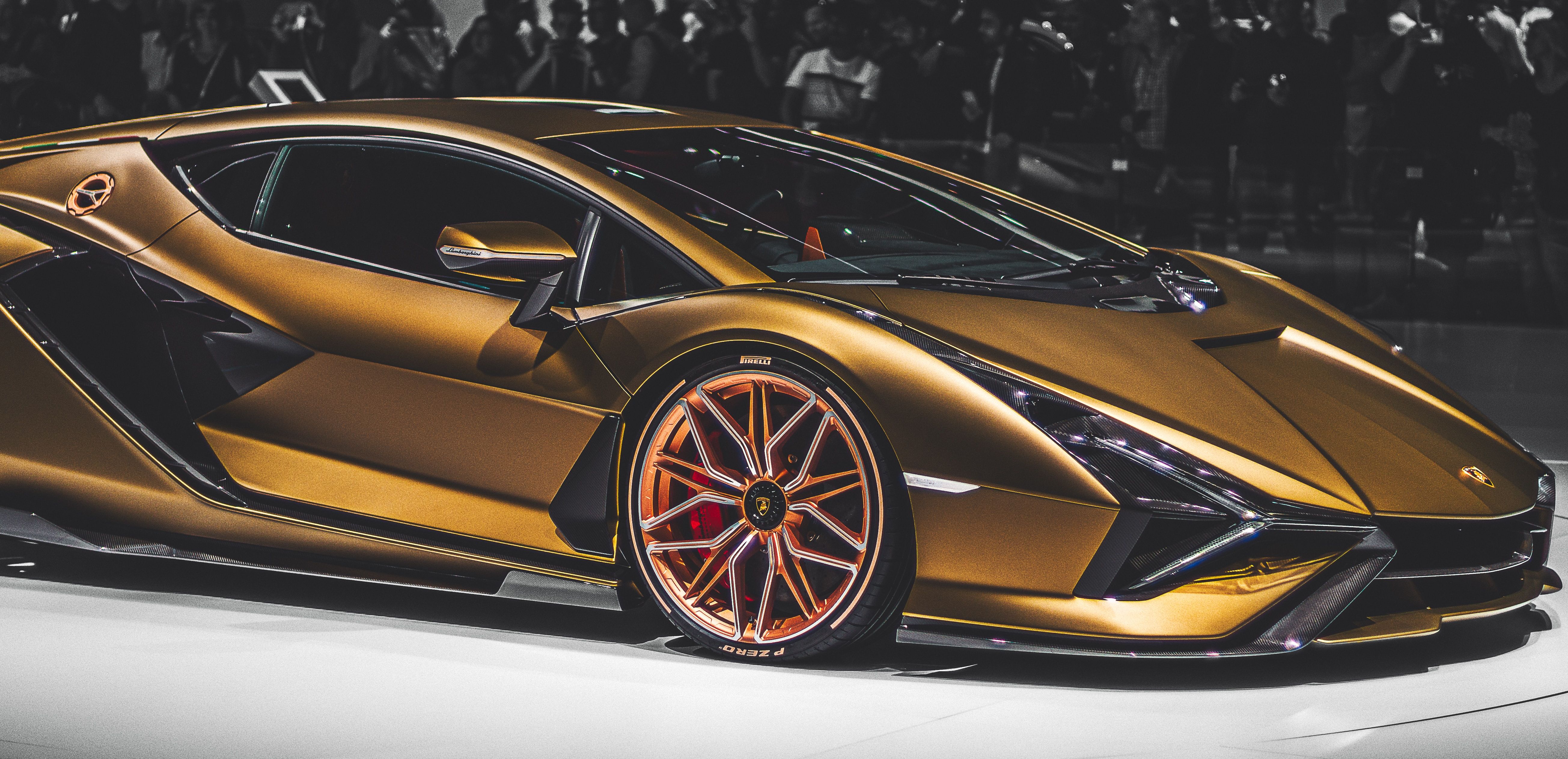Admit it. At some point in your gearhead life you’ve fantasized about owning a Lamborghini, be it the Miura, Countach, Diablo, Huracan, Murcielago or the hardcore Aventador SVJ. And chances are you haven’t given up on that dream. Heck, some of you might even own a Lambo or two as you read this, yet those who don’t are about to find out that there are reasons against the decision of buying a Lamborghini.
You read that right. Buying a Lamborghini is what dreams are made of and actually doing it sounds like the best decision ever, but in some cases, it might prove the opposite. So stick with us for some good reasons why you shouldn’t buy a Lamborghini.
Lamborghinis Are Expensive (Obviously)
The cheapest new Lamborghini out there is the Urus, and it’s priced from $200,000.
Subsequently, Lamborghinis Are Expensive to Own and Run
Forget about the hefty amount of money you’re going to pay for gasoline during your Lamborghini ownership. That’s the least of your concerns. Then again, if you’ve decided to buy a Lamborghini, then gas money shouldn’t be an issue. However, one humble oil change, for example, will require around $300 if done through an authorized shop that specializes in supercars. If done at your Lamborghini dealer, well, you can expect to pay anywhere between $500 to $1,000. Some, more exclusive models can even cost more than that.
Then there are the tires, arguably a vital component of your car’s wellbeing (yours, too, actually). Obviously, you’ll have to go for performance tires, which can cost as much as $1,500-$2,000 per set for your, let’s say, Lamborghini Aventador. Of course, if track weekends are your bread and butter, then you’re looking at extra sets of tires and subsequently more money to spend. What’s more, a Lamborghini is the kind of car that’s best protected inside a garage or a building parking lot, so having one of those is also a must in our book. Just think about it: would you park your half-a-million Aventador out on a busy street? We know we wouldn’t. Plus, there’s also depreciation to be taken into account, as in there’s a good change you’ll resell the car for less money than you spend on buying it in the first place.
To add a little more perspective, the Lamborghini Diablo has two engine computers that are known to occasionally fail. Each one costs $5,000 each. And, if you own an old Lamborghini LM002, each tire will set you back $5,000.
Here Comes the Insurance
There’s a lot to vector in here, including your age, how long you’ve had your driver’s license for, prior accidents, and, of course, the nature of the car you are insuring - which is supercar since we’re talking Lamborghinis. Thanks to Tanner J Fox, we get to know the cost of insuring a Lamborghini Aventador SV via a max coverage program: $450 every month, given that his Range Rover SVR is also included in the coverage. However, by itself, the Lamborghini Aventador SV would demand around $700-$800 every month for insurance alone. Insurance companies also take into account how much you’re actually driving the car and the frequency of incidents/accidents it’s been involved in, so these fees might differ from owner to owner. Still, the insurance cost for your Lamborghini will meet or exceed that of a typical U.S. house mortgage.
Lambos Are Not Comfortable and They’re Not Practical Either
Any Lamborghini Will Tempt You to Break the Law
Let’s face it, nobody buys a Lamborghini to drive it slowly. Not to mention that speeding has always been a tempting proposition for almost every driver out there, regardless of what sort of car he or she owns, let alone a Lamborghini. Even the hunchback Urus and its 4.0-liter V-8 (641 horsepower, 627 pound-feet of torque) will beg you to pound the gas pedal whenever traffic clears up ahead, so if you’re the hot-blooded, speed-addict type that simply can’t abide by the legal speed limit, buying a Lamborghini could mean a whole different set of problems. Other than that, handling a Lamborghini is a completely different experience from what most of us perceive as driving, so if you’re a rookie driver or simply haven’t had the chance to drive that much up until this point, you might want to start with a car that’s a little more less aggressive and permissive. It’s easy to get carried away and get the feeling of invincibility when in fact, you’ll still be governed by the laws of physics.
Lambos Are Not Exactly Reliable
And by not reliable we don’t necessarily mean it will break down on you on a daily basis. Sure, there’ve been reports from owners having transmission-related issues, but on the Huracan, for example, the brake fluid can heat up really fast and reach its boiling point if you’re ripping the car on a hot day (on the roads or on the track), leaving you with a mushy brake pedal and the inability to slow down or stop. Do you want that in any car? Of course not. What’s more, the very nature of a supercar is bound to impact its components differently than what we’re used to in our econoboxes. The massive engines packed by the Huracan (5.2-liter naturally-aspirated V-10) and Aventador (6.5-liter V-12, also naturally-aspirated) produce huge amounts of power and torque coupled with massive levels of heat that in turn, affect the other drivetrain components differently than those 1.2-liter turbocharged engines found in popular superminis. Subsequently, brake pads will consume quicker especially if you choose to hoon the car on a daily basis, so to put it frankly, a high-performance car will always be a high-maintenance affair.
Some Lamborghinis Share a Lot of Parts With Your Run-of-the-Mill Audi
|
|
ids=877308,877309 |
no_overlay=false |
before_label=Lamborghini Urus |
after_label=Audi Q8 RS> |
The Lamborghini Huracan key, in case you didn’t know, is the same as the key you get for your Audi A4. Sure, Lamborghini is owned by the VW Group which also owns Audi, Volkswagen, Bentley, Skoda, and SEAT, but some owners have been complaining that they’re not getting a lot of exclusivity from their Lamborghini, and in all honesty, paying $200,000+ on an exotic supercar and getting bits and bobs present on way cheaper cars doesn’t sound too tempting, right? Well, all we know is that this scenario doesn’t stand for a Ferrari, or a McLaren, a Koenigsegg, or an Aston Martin.
What’s more, the Huracan shares its V-10 with the Audi R8 (and that’s not necessarily a bad thing), unless you think of it this way: you spend a bucketload of money on a Lamborghini, so why share stuff with folks that bought a different brand, albeit owned by the same conglomerate? In addition, the Urus is based on Volkswagen’s MLBevo platform that also underpins the likes of Audi Q7, Q8, Bentayga, third-generation Touareg, and Porsche Cayenne. So, are you really buying a pure-breed Lamborghini? We think not.





